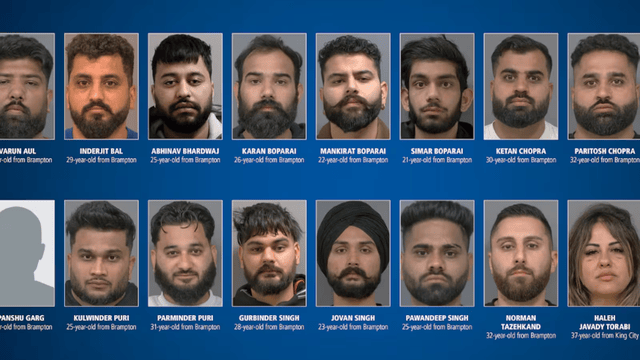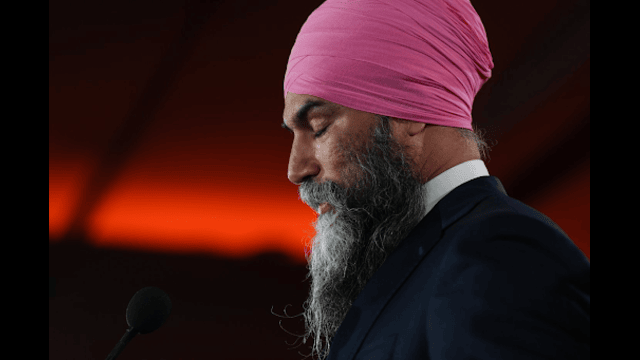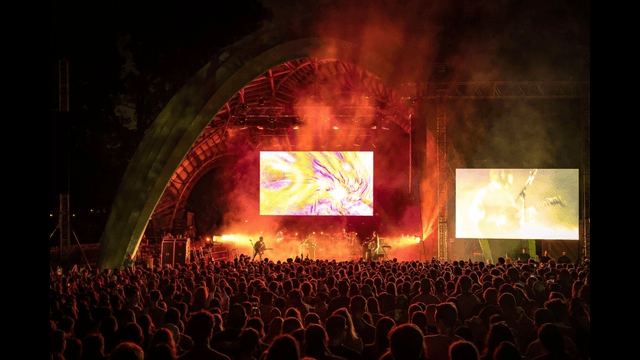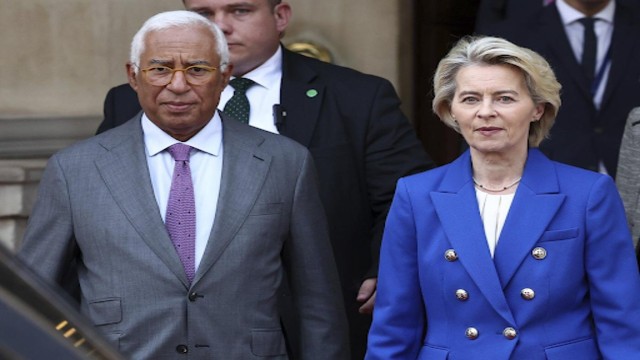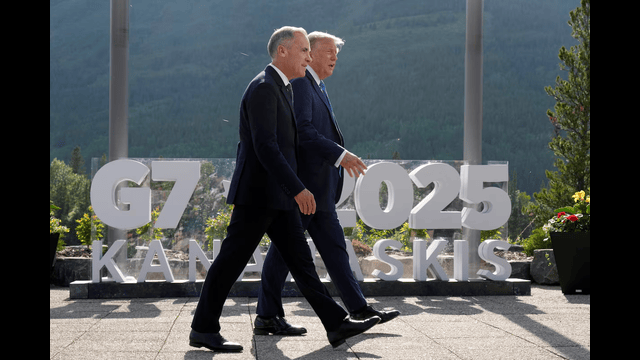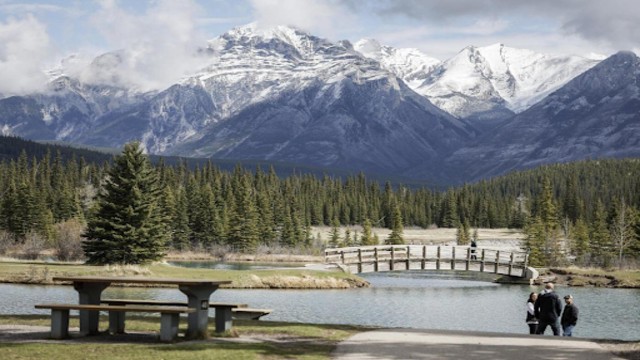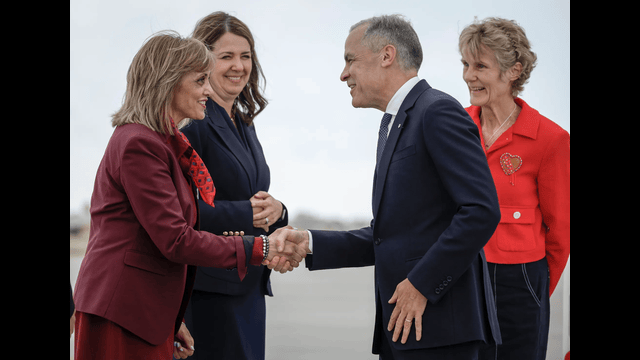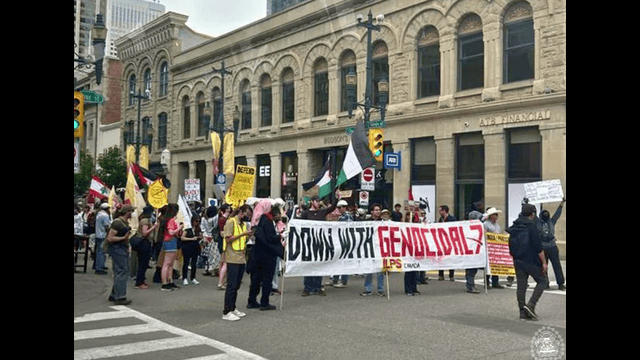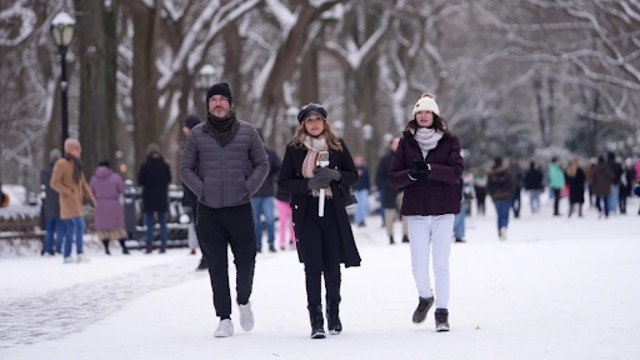
On January 6, 2025, people were seen walking through Central Park in New York City, braving the cold winter weather. CNN
A powerful Arctic blast will bring the coldest temperatures of the year to the United States, with dangerously low wind chills and a significant drop in temperature expected this weekend. This will be the most intense cold wave of the winter season and is set to last longer and reach a broader area than the Arctic outbreak from January 2024.
Before the frigid air settles in, a brief warm-up will affect much of the Central U.S. on Thursday and Friday, marking the first time since the start of the year that cities like Oklahoma City and Kansas City experience above-average temperatures. However, this short period of warmth will only make the extreme cold that follows feel even harsher.
The cold air, originating from Siberia near the Arctic Circle, will push southward over Canada by the end of this week. By Saturday morning, it will begin affecting the northern U.S., spreading to the West and Central parts of the country over the weekend. By Sunday, it will reach the South and East, with temperatures expected to plummet nearly 30 degrees below normal by Monday, creating one of the coldest stretches of the year.
The most extreme cold will settle over the Dakotas this weekend, with Bismarck, North Dakota, facing its first below-zero high temperatures since last January. Northern parts of the state could experience low temperatures ranging from 25 to 30 degrees below zero by Monday morning. The wind will amplify the cold, creating wind chills that could make it feel like 40 to 50 degrees below zero in North Dakota on Monday morning. These dangerously low wind chills can cause frostbite on exposed skin in under 10 minutes.
Throughout the U.S., wind chills will remain dangerously cold on Monday morning, with most of the country feeling single-digit temperatures. This includes regions as far west as Nevada, south into Texas, and east into Maine. Cities like Dallas will experience their coldest day of the season, with high temperatures only rising a few degrees above freezing. Chicago will also feel the chill, with highs likely staying near 10 degrees.
The East Coast and Southeast will also experience an intense cold snap on Monday. Northern New England will see high temperatures in the single digits and teens, while much of the mid-Atlantic and Southeast will struggle to climb above freezing, with highs in the 30s and 40s.
Tuesday may feel just as cold, with some areas, especially in the East and South, possibly experiencing even lower temperatures than Monday.
The cold weather will coincide with key events, including the NFL playoffs. On Saturday, the divisional round game between the Houston Texans and Kansas City Chiefs will kick off in temperatures hovering around the 20s. Wind chills will make it feel even colder, creating serious risks for frostbite and hypothermia, especially for fans at the open-air stadium.
Similarly, Sunday’s game between the Baltimore Ravens and Buffalo Bills will take place in frigid conditions, with temperatures in the upper teens, dropping even further during the game. Wind chills will keep the temperature in the single digits throughout the evening.
Inauguration Day on Monday will also be affected by the cold, with Washington, D.C., experiencing its coldest inauguration day since 2009. Highs are expected to be 15 degrees below normal, reaching the upper 20s.


